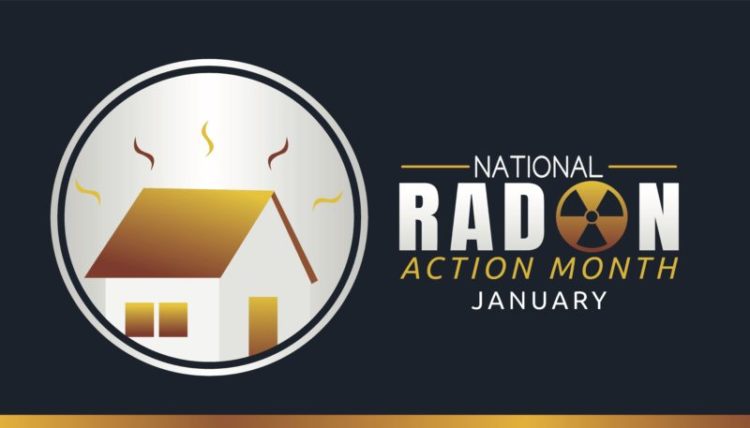
By Richard Kaufman
The month of January has been designated as Radon Action Month by the United States Environmental Protection Agency (EPA), and Greenwich health officials are urging residents to safeguard against the “silent killer.”
Throughout January, the town of Greenwich is offering discounted radon testing kits for air and well water, which can be obtained from the Department of Health Laboratory, located on the ground floor of Town Hall during lab hours, Monday through Friday, 8 a.m. to 1 p.m.
Residents will be limited to one reduced fee air and/or well water test per household per visit. The price for air testing is $41, down from the regular fee of $66. For well water, $48 will be charged instead of $73 per test. According to the announcement from the Health Department, radon in air testing should begin in the home the same day and the kit returned to the lab four days later. Results will be reported by mail, usually within a week from the date of returned samples.
Customers with elevated radon levels will be referred to a list of state certified radon mitigation companies.
The EPA recommends radon abatement measures to be undertaken if radon in air levels exceed 4.0 picocuries per liter (pCi/L). Even if the radon test level is below the action level of 4.0 pCi/L, homeowners should consider testing again sometime in the future as radon levels can fluctuate.
The Health Department said that retesting is particularly important if construction work has been done, since it may have disturbed the soil around the home or created cracks in the foundation which could provide an entry point for radon. For radon in well water, the State of Connecticut has set an action level of 5,000 pCi/L and recommends that all wells be tested for radon at least once, and ideally every five years.
According to the town health department website, radon is present at elevated levels in about one of every five Connecticut homes. It is a naturally occurring, invisible, odorless, radioactive gas that is normally harmlessly dispersed in outdoor air, but it can reach harmful levels when it enters and gets trapped in buildings. Radon can be especially dangerous in the winter months when homes and buildings are closed up, and people are inside.
Radon comes from the ground and can enter a home through small cracks and other openings in the foundation. Dissolved radon can occur naturally in groundwater and may be aerosolized in the air within a home serviced by well water when running faucets, showers, dishwashers or a washing machine.
Greenwich Health Director, Caroline Baisley, said the radon testing program demonstrates the department’s “commitment to protect residents from a serious public health hazard.”
“All residents are encouraged to test their homes for radon in both well water and air this winter. Testing homes for elevated levels of radon is simple and inexpensive even when the reduced-fee testing program is no longer available,” Baisley said.
Michael Long, Director of the Division of Environmental Services, said that because people can’t see or smell radon, the threat tends to be downplayed.
“Over 10 years of radon testing, half of the homes tested in Greenwich had a radon in air level above the EPA action limit of 4.0 pCi/L,” Long said. “Radon, if discovered, can be remediated by qualified contractors inexpensively. The addition of testing well water for radon adds one more important diagnostic tool to identify another potential source of radon being released into the air.”
For more information on radon, radon testing and radon mitigation, call the Greenwich Department of Health Laboratory at 203-622-7843.




